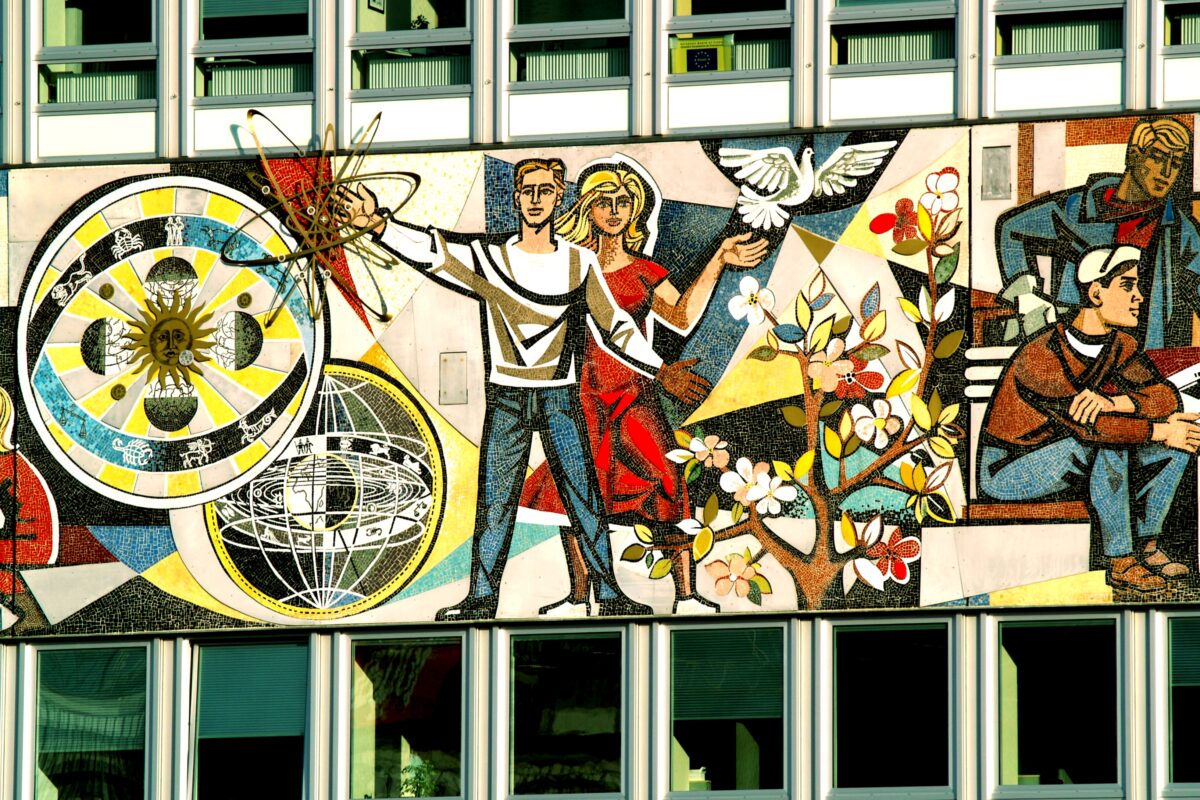The introduction of the Mietendeckel or rent controls in Berlin was big news for tenants in Britain. It showed that reforms could be fought for and won. Its overruling is a cause for concern here in London, where rents are already astronomical high.
In one stroke, the Constitutional Court has plunged millions of Berliners into debt and has left many wondering where they will find the money. Of course this has not passed unopposed and the magnificent spontaneous demonstration in Neukölln and Kreuzberg shows that it will be fought. The likelihood of resistance has already led one housing company to declare that it will not be collecting the back rent.
So as Berliners consider their next moves it is worth looking at an example from the UK where the government tried to tax a large percentage of the population in a way that it had not done before. It was called The Poll Tax.
In 1989 in Scotland and 1990 in the rest of the UK, the Thatcher government abolished the old system of tax collection for localities known as ‘the rates’ which had been based on the notional rental value of the property that you lived in. In its place, Thatcher introduced a flat rate national charge, about which its architects boasted that, ‘the Duke and the Dustman will pay the same.’
Margaret Thatcher was a decisive figure in British Politics, who had successfully attacked the working class and its organisations in the Trades Unions. She had done so using what were described as ‘salami tactics,’ only taking them on one slice at a time. The introduction of the Community Charge as the Poll Tax was officially known, however, for the first time attacked working people across the board and opposition to it rose dramatically at first in Scotland and then in the rest of the UK.
For example, Mr. W.E. Jones wrote to his Tory MP that he and his wife were in their 70s, living on modest pensions, and under the poll tax would be paying more than twice what they paid under the old system of rates, while better-off people in large houses would be paying less.
There were arguments about how to oppose the Poll Tax in advance of its introduction, and a campaign to encourage people not to register for the tax in the first place. As the burden of payment fell on ordinary people, the slogan ‘Can’t Pay, Won’t Pay’, popularised by the Italian leftist playwright Dario Fo, came to the front. ‘Don’t Pay your Poll Tax’ was spray painted on walls the length and breadth of the country and was reproduced on millions of placards for the demonstrations that ensued. Market stallholders everywhere did a roaring trade in “Bollocks to the poll tax” t-shirts.
Thousands of local groups were set up in towns and villages across the country, such as Anti Poll Tax Unions and a national federation called the All Britain Anti Poll Tax Federation.
National demonstrations were called for the 31 March in London and in Glasgow.
I delivered the van load of placards to Kennington Park in London for that demonstration. I parked up the van and got the tube to Trafalgar Square.
By that time, a riot had already started. The placard sticks were flying through the air like arrows at Agincourt and Police on horseback were charging into demonstrators. The demonstration had gotten congested outside Downing St, Thatcher’s official Prime Ministerial residence, and some people had sat down there. The police reacted with the utmost brutality in moving them on.
Witnessing this, I thought that they would drive the demo into Trafalgar Square and stop there. But emboldened by their victory in the Miners Strike of 1984-85 and in the printers dispute at Wapping in 1986 -87, the authorities thought they could teach us a lesson. They continued their attack into the square where thousands had been singing and chanting in a carnival atmosphere.
The police were absolutely brutal that day but the vast number of demonstrators fought back or supported those who did.
The then Apartheid-era South African Embassy is on the East Side of Trafalgar Square. It was being renovated and had scaffolding around it. Someone set the scaffolding alight and the Embassy began to burn. We knew then that this day was not going to be forgotten. All the pent up anger of working people, after our defeats in the Miners Strike, Wapping and the attempt to impose the Poll Tax was released. You could feel that day that Thatcher was on her way out.
The campaign continued after the riot. The authorities tried to drag the millions of non-payers to court and the protests and demonstrations continued. Many thousands of ordinary people represented themselves in court with the aid of a knowledgeable helper known in UK law as a ‘Mackenzie’s Friend.’
In Warrington, the Labour Council issued 5,500 summonses, hoping that only a few would turn up and the cases would be a formality. But around 1,000 besieged the court and magistrates abandoned proceedings.
News that the courts could be resisted spread and soon judges were adjourning hundreds of cases every week. The movement was winning the battle.
Thatcher was thrown into crisis, with her advisors fearing that the rebellion could spread into a more general confrontation. By August, senior government ministers were saying that both Thatcher and the poll tax would have to go.
In November, a tearful Margaret Thatcher emerged from Downing Street to announce her resignation.
Tactics in Berlin will be debated I’m sure, but as the fight against the Poll Tax showed, Cant’t Pay, Won’t Pay can be a powerful mobilising slogan and victories can be won.




